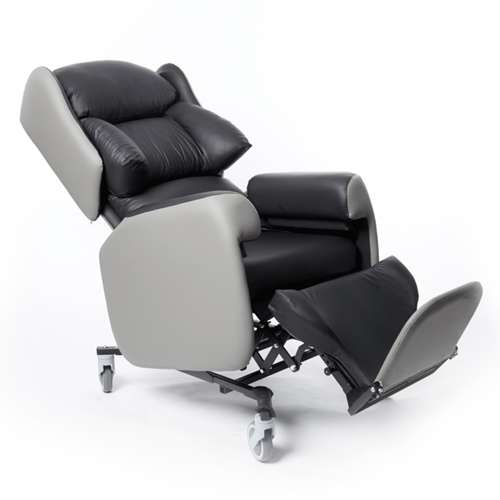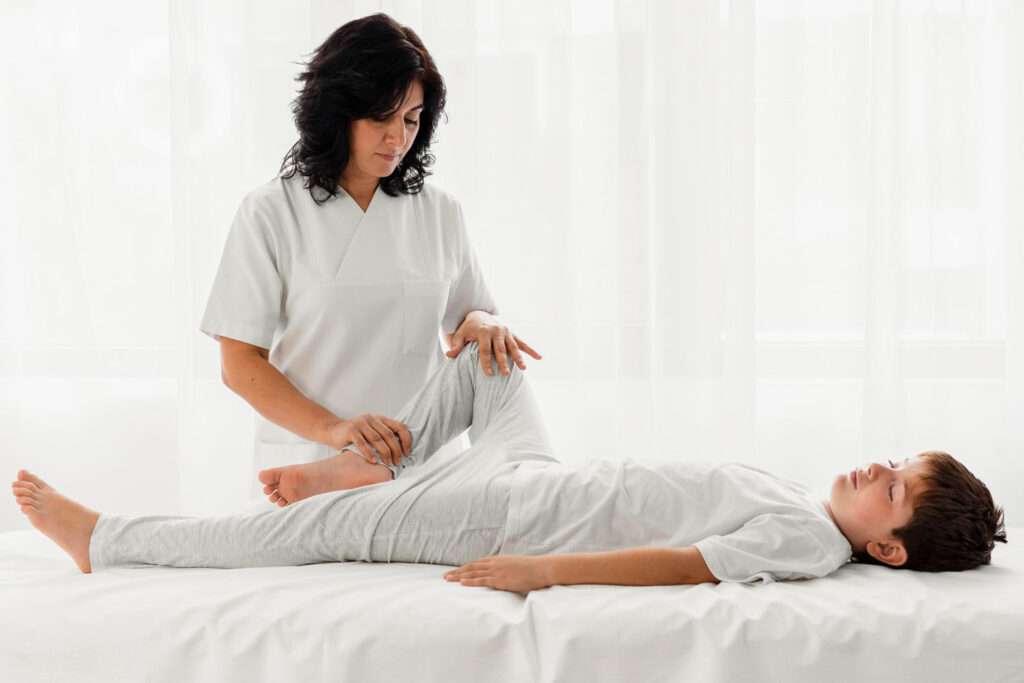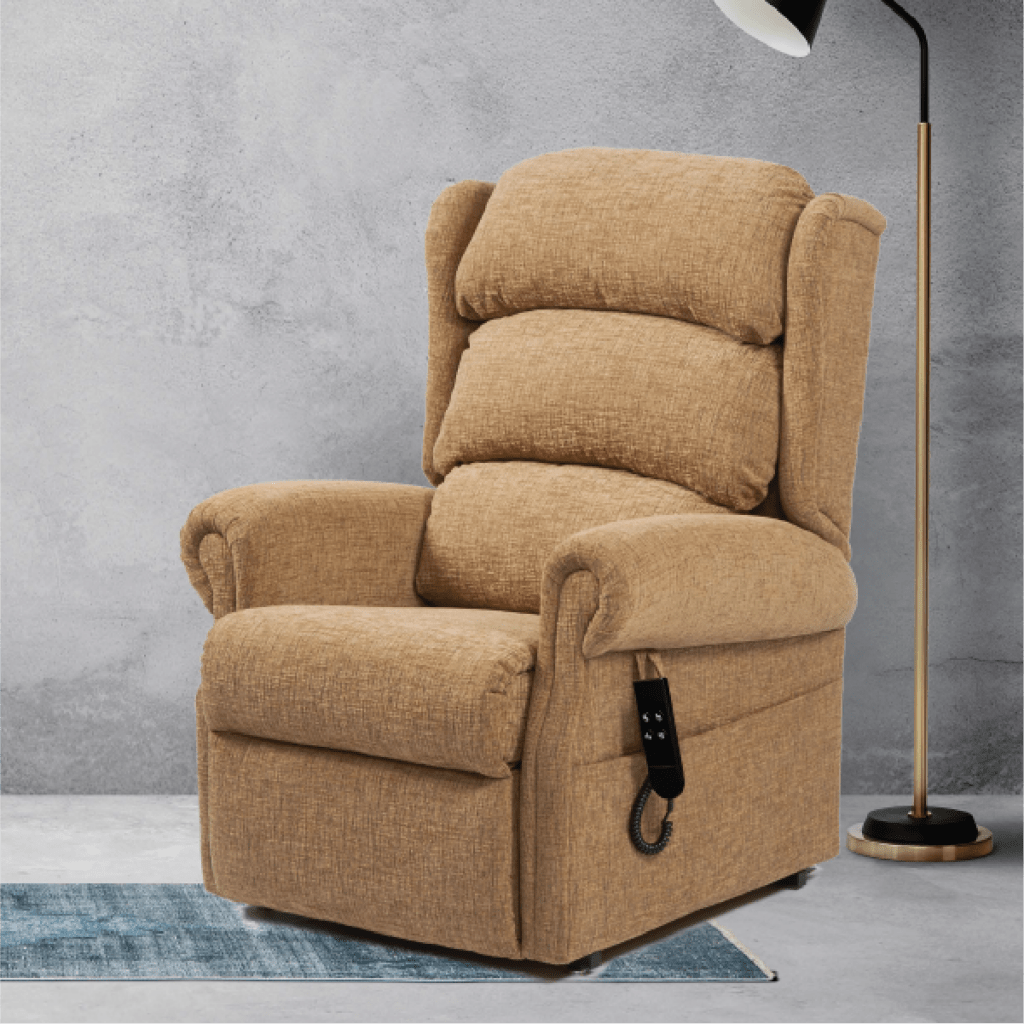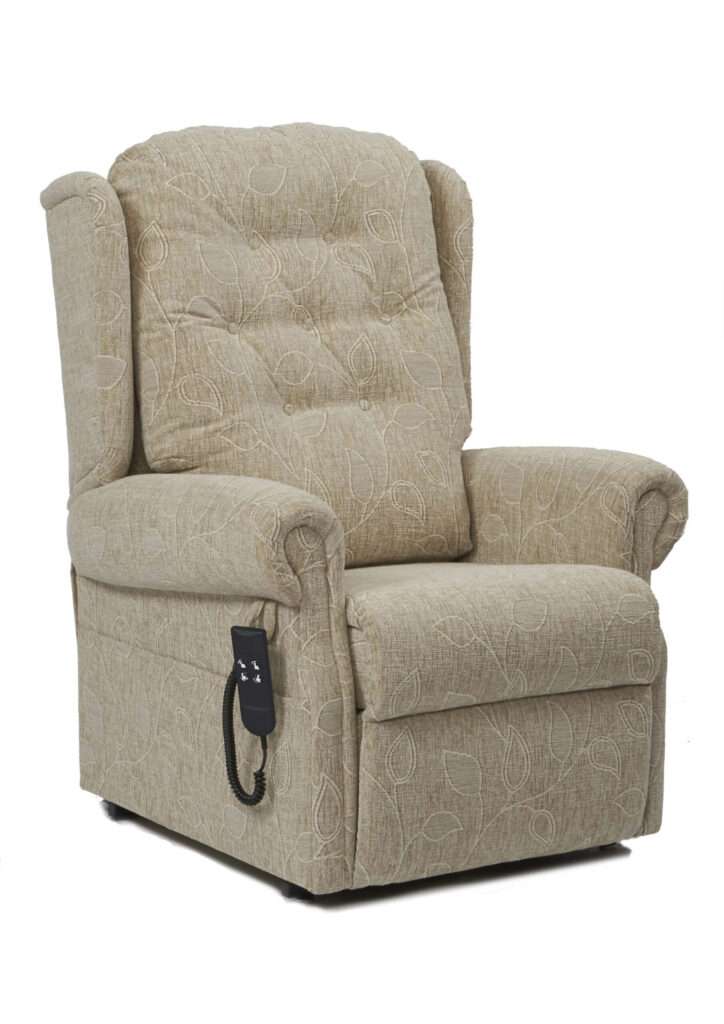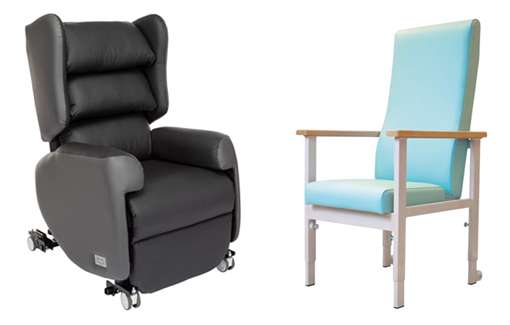Wheelchair users in the UK number an estimated 1.2 million. From manual and active user wheelchairs that aid mobility through to electric powerchairs that cater to more specialised conditions — there are lots of options to consider.
When prescribing a wheelchair, getting the seat measurement sizing exactly correct is one of the most important steps. No matter which model is chosen for a person, or the features on offer, if the seating specification measurements are not correct, the wheelchair can actually be detrimental to the individual using it. Proper wheelchair sizing ensures comfort, good posture, and easier manoeuvrability.
In this guide, we cover the three key stages of a wheelchair sizing assessment. Let’s get started.
Jump straight to…
What body measurements do you need to size a wheelchair?
The all-important first step is ensuring that you know what measurements to take for your new wheelchair!
There are six key measurements involved in a wheelchair sizing assessment:
- Seat height
- Seat depth
- Seat width
- Armrest height
- Back height
- Footrest length
If you’ve read our Guide to Specialist Seating Sizing or have a copy of our Seat Sizing Form, then you might recognise this list.
Measurements 1 — 5 are the exact same measurements used to fit a care chair or rise recliner armchair.
Now, let’s go through how to take correct wheelchair measurements for a user.
Tip: Before getting started, the individual that will be using the wheelchair should sit down as upright as possible with their hips in a neutral position. See below image.
Wheelchair Seat Height
Wheelchair seat height is determined by the user’s height. A taller wheelchair user will need a higher seat.
To calculate seat height, measure from the back of the heel to the back of the knee.
Whether the individual will self-propel is also important for determining seat height.
- Attendant propelled wheelchair: The user will need a footrest. Factor this into your seat height measurements.
- Self-propelled wheelchair — user will propel with their arms: The user will need a footrest. Factor this into your seat height measurements.
- Self-propelled wheelchair — user will propel with their feet: The user will need to be able to reach the floor with their heels. Factor this into your seat height measurements.
How does self-propelling affect wheelchair sizing?
Typically, wheelchair footrests should be around 2 inches off the ground. This gives enough clearance to avoid small obstacles, get up kerbs etc.
So, for wheelchair users who need a footrest, we recommend using foot blocks in the sizing assessment. That way, you factor in the 2 inches for the footrest when taking your measurements.
Wheelchair Seat Depth
Seat depth is also related to the wheelchair user’s height. A taller user will typically need a deeper seat.
To calculate seat depth, measure from the base of the spine, along the back of the thigh, stopping at the back of the knee.
With a wheelchair, you should be able to fit approx. 3 fingers between the front of the seat and the back of the user’s knee.
Wheelchair Seat Width
Seat width is determined by the user’s build and weight. A smaller user will need a narrower seat.
To calculate seat width, measure the user at their widest point. Usually, this will be from hip to hip. Sometimes, you may need to measure across the thighs instead.
Wheelchair Armrest Height
Armrest height is another measurement determined by height. A taller user will typically need higher armrests.
To calculate armrest height, measure from the top of the seat to the elbow. Before taking this measurement, make sure the individual is sat with their shoulders level and their weight distributed through the forearm resting on the armrest.
Wheelchair Back Height
Back height is impacted by the user’s needs. Wheelchair users who-self propel need a lower backrest that allows their shoulders to move freely. So, they need a lower back height than someone using an attendant controlled wheelchair.
We’ll cover this more in section 3 of the guide. For now, let’s focus on how to take the measurement.
To calculate back height, measure from the top of the seat up the spine. Ensure the user is sitting as upright as possible. Stop measuring at the point you want the top of the backrest to reach. For self-propelled wheelchair users, this is usually 4 inches below the axilia (just below the shoulder joint).
Wheelchair Footrest length
If the wheelchair user propels using their feet and never uses a footrest, you can skip this step. However, most wheelchair users have some kind of footrest they can use when needed.
The footrest needs to be long enough to accommodate the user’s leg length (that’s what you measured to calculate seat height). But it also needs to end approx. 2 inches of the ground to give clearance.
These six guidelines can be applied to sizing electric, manual, and active user wheelchairs.
Tips for accurate wheelchair measurements
Now you know which wheelchair measurements are needed, here are some tips for increasing your accuracy:
- Use a rigid tape measure.
A fabric tape measure is likely to bend around the body and throw off your measurements. - The 90-90-90 rule can be helpful.
For wheelchair users with good trunk stability and no postural issues, the ideal sitting position, when not propelling, will look like this:
-
- 90° bend in the hips
- 90° bend in the knees
- 90° bend in the ankles
Having the user follow this rule during the sizing assessment can improve your measurement accuracy in some cases. However, as with most rules, there are exceptions!
For example, if you’re prescribing a wheelchair for an active user, it’s often best to have their legs tucked back to give more propelling power.
Taking accurate measurements is essential for wheelchair sizing. If your measurements are inaccurate you won’t get a bespoke fit. Over time, this can lead to postural problems, pressure sores, and difficulties manoeuvring the wheelchair.
Prefer to get some professional help?: Book a free assessment in our showroom. Our in-house specialist will be happy to complete the sizing assessment for you.
Do any other factors affect wheelchair sizing?
These six measurements are the core of any wheelchair sizing assessment. However, additional sizing adjustments will be needed for some wheelchair users.
Two factors that need to be considered are postural abnormalities and active wheelchair users.
Tips for sizing wheelchairs for users who need additional postural support
If a wheelchair user has poor trunk control or other conditions, like kyphosis or scoliosis, you may need to fit additional supports. This affects the overall seat sizing.
Here are three top tips to bear in mind:
- If a user requires pelvic support, then the seat width needs to be wider. That way, the supports can be fitted without making the seat too narrow and putting pressure on the hips.
- Someone who requires additional postural support will also need a higher back. Stopping the backrest below their shoulders isn’t appropriate. They need a full backrest to support proper positioning. So, you’ll need to measure up to the nape of the neck rather than below the shoulders when calculating back height.
- You should review all postural requirements before prescribing a wheelchair. Then you can work out what supports will be needed for the beginning and fit them into your measurements.
When dealing with complex postural requirements, we always recommend booking a professional assessment. Our wheelchair assessors are trained in posture management, so they can help you get the setup just right.
Tips for sizing active user wheelchairs
Active user wheelchairs have a unique design. They are built for easy self-propelling. So, they have larger wheels and a lower backrest compared to traditional manual wheelchairs.
You’ll still need the six measurements. But you’ll want to review the wheelchair in use as well to make sure movement isn’t restricted.
Here are some key things to look out for:
- Backrest: The wheelchair user should have enough movement in their shoulders to push without restriction or discomfort.
- Rear Wheel Position: Should be positioned to allow the user to push without overstretching or hunching their shoulders.
- Footrest: The user’s feet should always stay on the footrest.
- Movement: Whilst moving, the wheelchair user should not change their posture or feel uncomfortable or unstable.
Did you know: We specialise in active user wheelchair assessments! Our showroom manager, David, has specified active user wheelchairs for many years. He’s always on hand to help with any queries.
Check out our ‘7 Questions to Ask When Choosing an Active User Wheelchair’ to learn some of his top tips.
Summary
Wheelchair sizing assessments should start with the six key measurements mentioned above. These are:
- Seat height
- Seat depth
- Seat width
- Armrest height
- Back height
- And footrest length
Then, you’ll need to review fit to ensure it fully supports posture and allows for self-propelling where needed.
Useful links:
How much does a wheelchair cost?
How much is an active user wheelchair?
Are there outdoor activities for disabled people in Yorkshire?
Getting seat sizing right is essential for maintaining good quality of life for wheelchair users. If you need any assistance for yourself or a client, please contact us book in a free assessment with our specialist assessor:







